-
Welcome to Tundras.com!
You are currently viewing as a guest! To get full-access, you need to register for a FREE account.
As a registered member, you’ll be able to:- Participate in all Tundra discussion topics
- Transfer over your build thread from a different forum to this one
- Communicate privately with other Tundra owners from around the world
- Post your own photos in our Members Gallery
- Access all special features of the site
2019 Crewmax All New Custom Sound System DIY Build Thread
Discussion in 'Audio & Video' started by Jack_A_Lope, Apr 6, 2023.
Page 1 of 2
Page 1 of 2


 Telephone Clarity Through Stereo
Telephone Clarity Through Stereo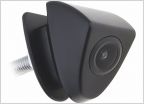 2012 CM stereo
2012 CM stereo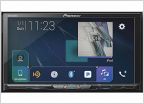 Head unit upgrade.. Thoughts, regrets?
Head unit upgrade.. Thoughts, regrets?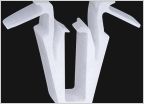 Yellow radio/console panel clips?
Yellow radio/console panel clips?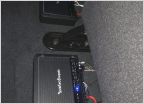 Upgraded my system
Upgraded my system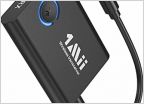 Add AUX Audio Port
Add AUX Audio Port
